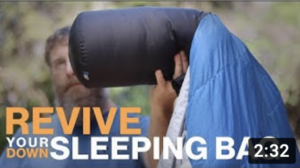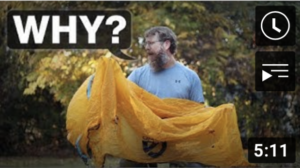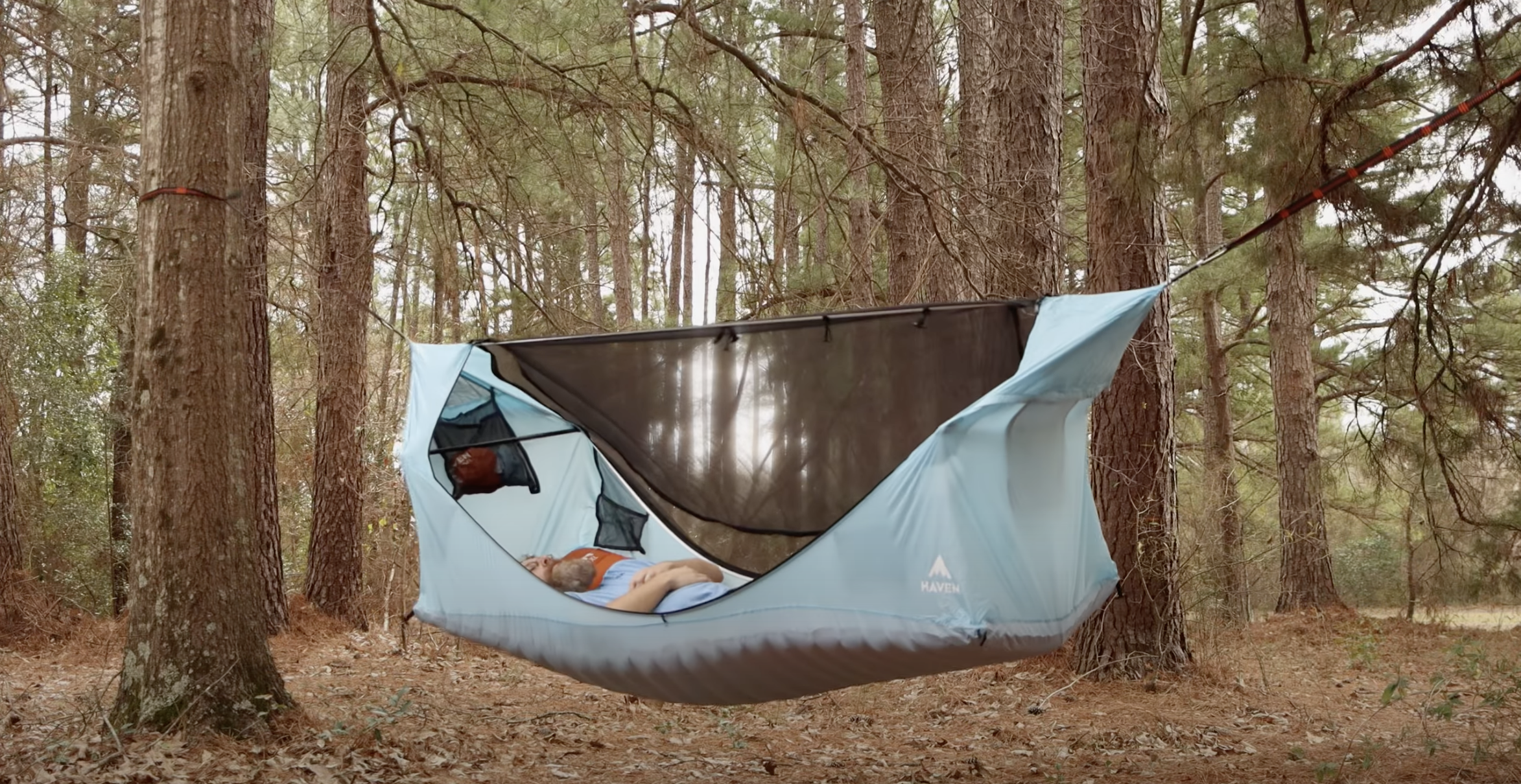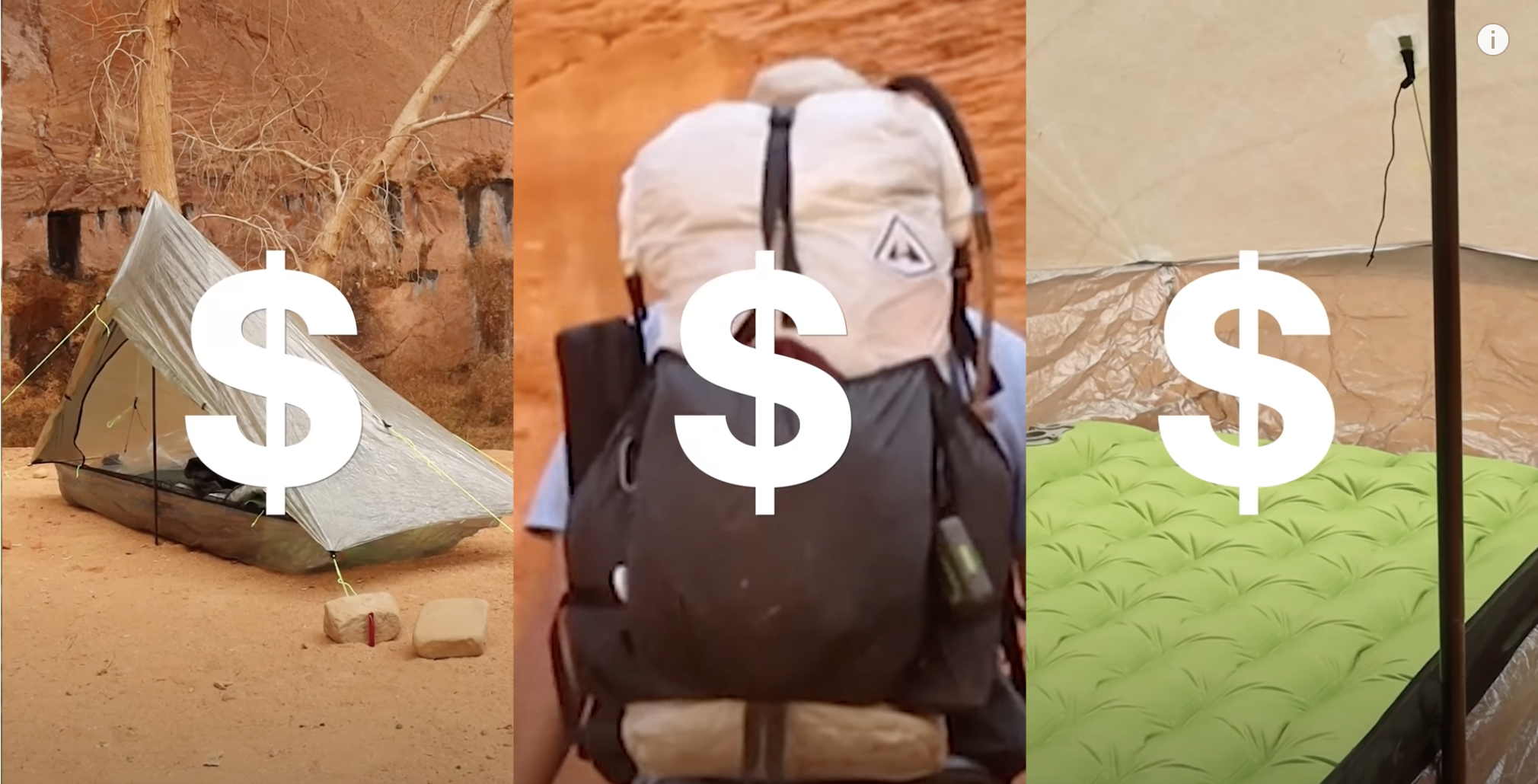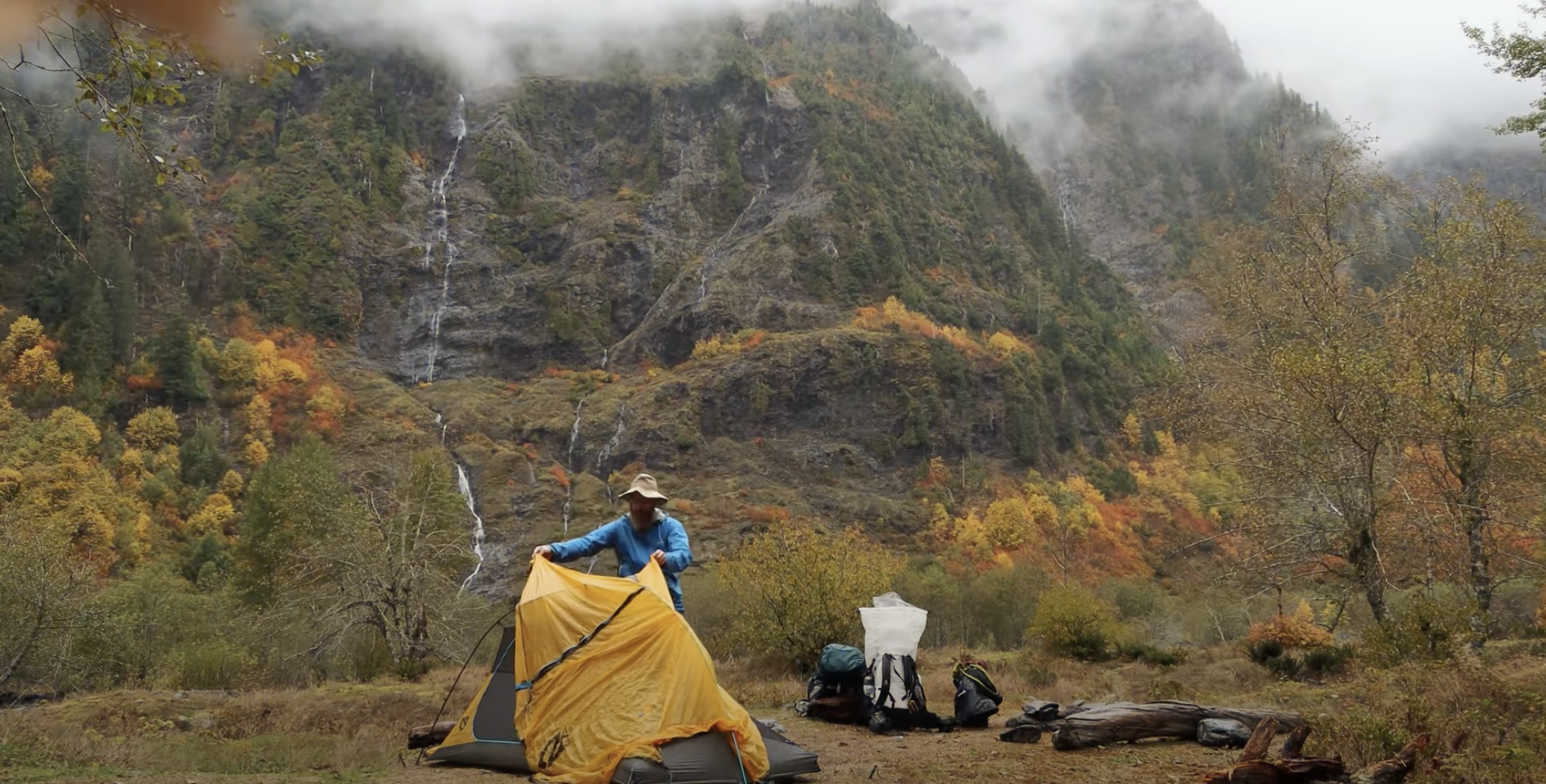
5 BAD Habits that are DESTROYING Your Gear
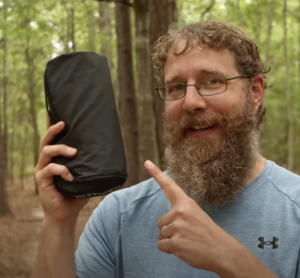
Backpacking gear isn’t cheap. But if you treat it right, it will last you a long time.
Like this sleeping pad I bought way back in 2009.
You probably know it’s not good to leave your sleeping bag in its stuff sack. As I have talked about many times, sleeping bags keep you warm by creating loft. The beauty of down is how compressible it is. But leave it compressed too long, and it has a tendency to want to stay that way.
Check out my YouTube video to watch the whole thing, or keep scrolling to read more.
To make sure your gear lasts you a good long time, here are five bad habits that could be destroying your gear.
1. Don’t Stuff Your Tent
You probably know that it’s not good to leave your sleeping bag in a stuff sack. But what you may not know is that it’s not good to leave your tents stuffed tightly into their stuff sacks either. Experts recommend loosely stuffing your tent into an oversized bag or rolling them to prevent wear at the folds.
You know how when you were a kid you would fold a paper airplane, but right after you first folded it, it had a tendency to want to come undone? So to really crease those folds, you would lay a book on it for a while to hold it down.
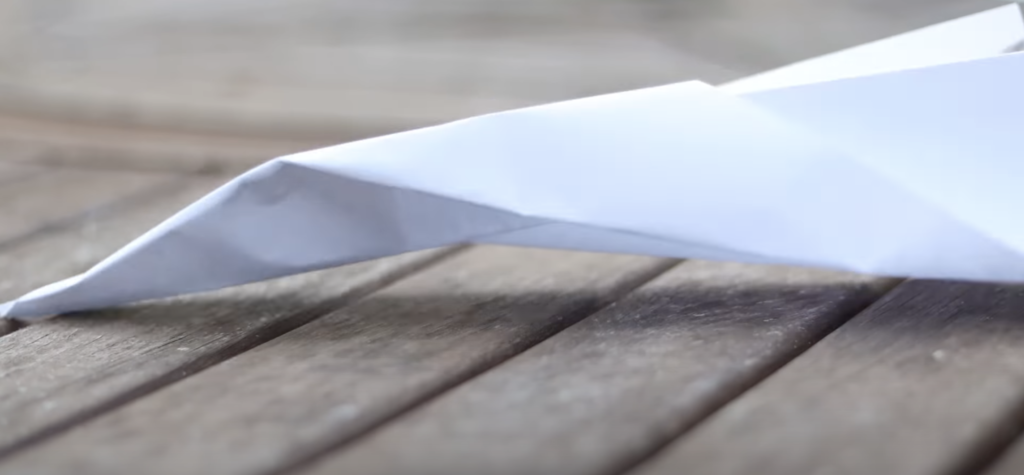
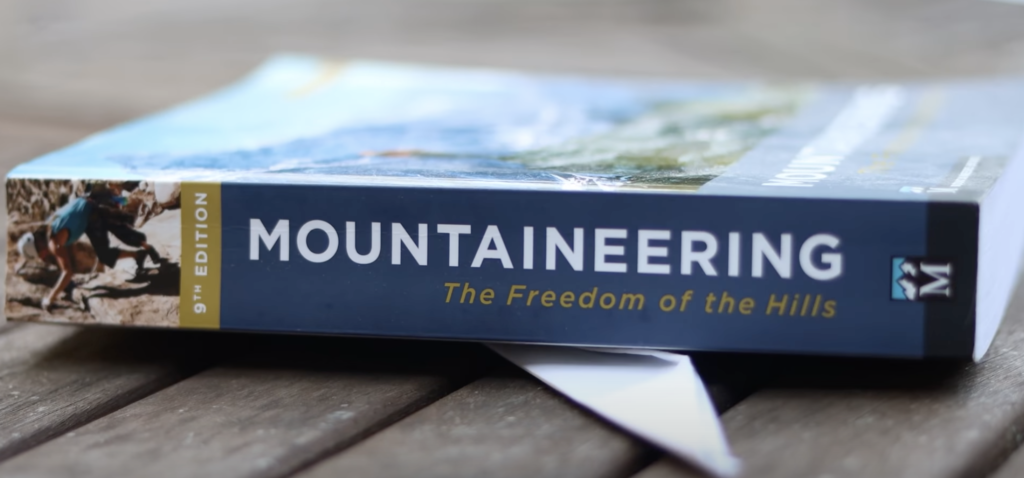
Well, the same basic thing happens when you stuff your tent too long. If you ever see wrinkles on your tent after you unpack it, those wrinkles were folded and had the equivalent of a book laid on them because of how tight the tent is in the stuff sack.
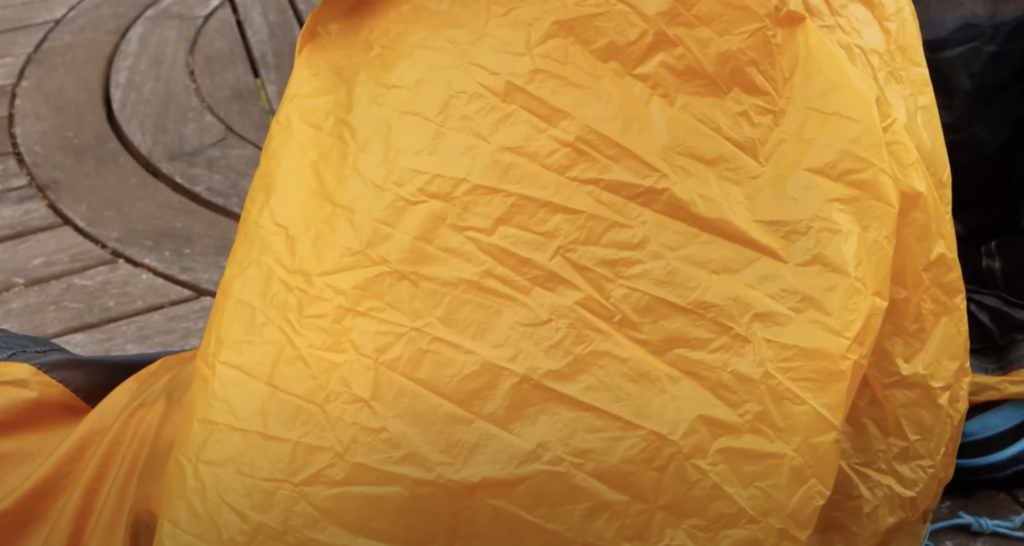
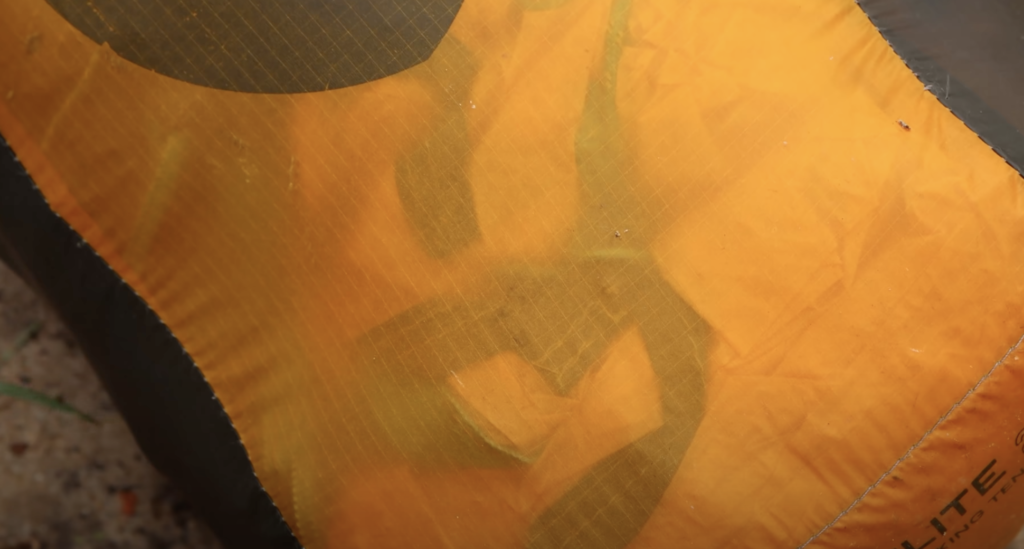
It is believed that every time you repack your tent, it will have a tendency to fold along those same creased lines. Just like with the airplanes—when you accidentally folded it in the wrong place, so you tried to refold it just a few millimeters over, it wanted to fold along the same creased lines—your tent wants to do the same thing. And repeated folding can lead to tearing.
Full disclosure, I don’t do this. I leave my tents stuffed into their stuff sacks, and have never had a problem. But the logic is sound, so if you want to ensure you never have a problem with this, leave your tent loosely stuffed or rolled in an oversized sack.
2. Dry and Back-flush Your Water Filter
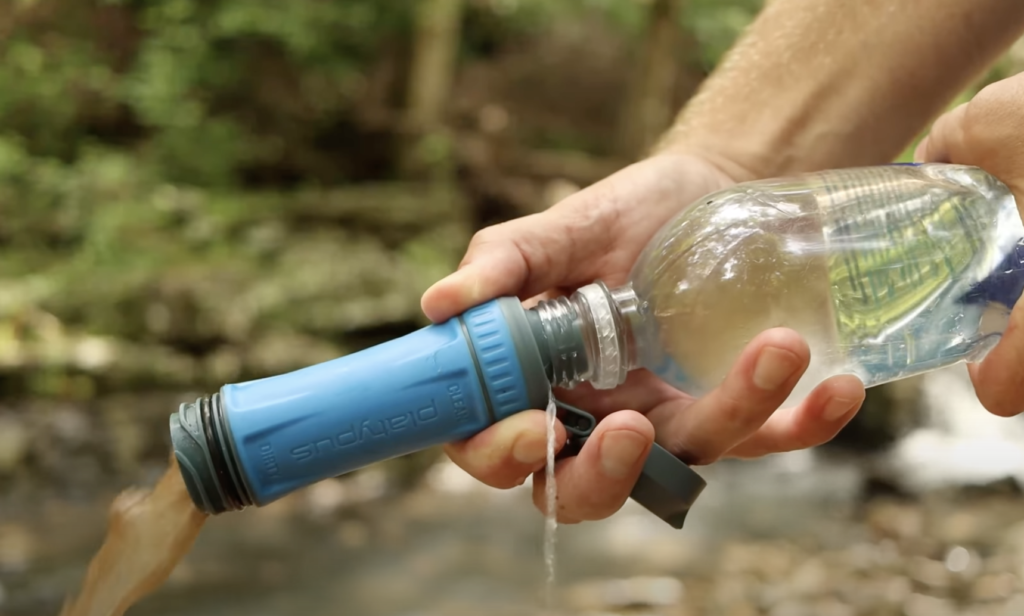
Water filters are breeding grounds for all kinds bacteria. If you think about it, you’re pushing all the stuff you don’t want to drink through your filter and then leaving it there. This is why every time you get home from a trip, you need to back-flush your filter and leave it out to dry, at the very least.
But if you really want your filter to last a good long time, filter a small amount of bleach through it before leaving it to dry. Don’t put too much. Take a one-liter bottle of water and mix in about 1/4 teaspoon, or about 2.5 milliliters, of bleach. Filter about half the water and let it sit for 30 minutes. Then filter the rest of the bleach solution, and let it sit open so that it can dry.
3. Dry Out Water Bladders
In a similar way, it’s important to let water bladders dry out so they don’t grow mold and algae. If you have a Cnoc bag, they are really easy to dry out. Simply open them up and turn them inside out to dry.
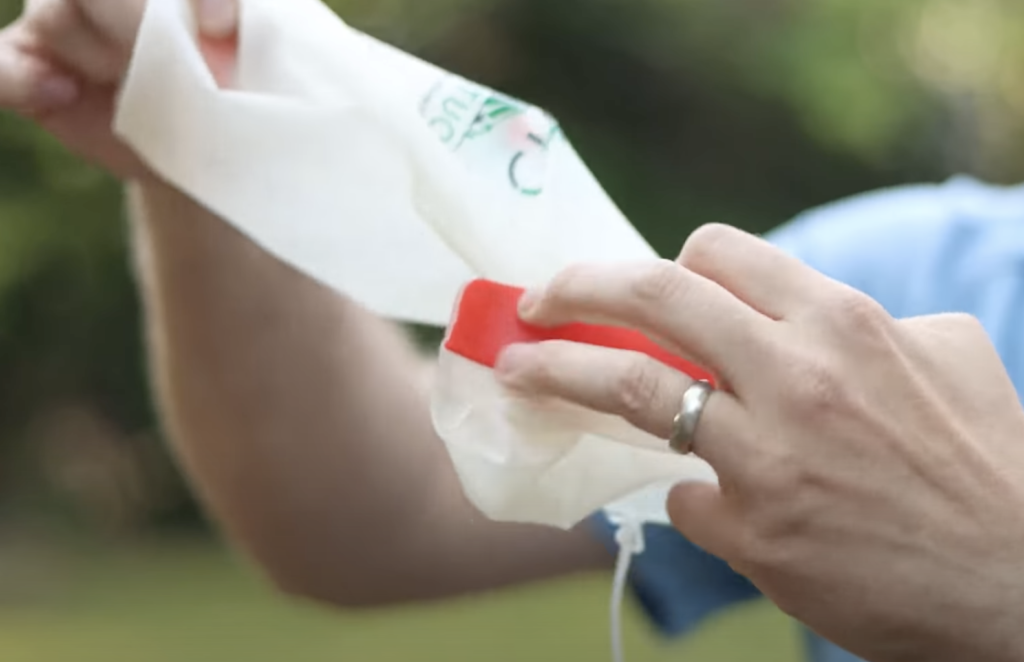
You can also do this with Hydrapak hydration bladders. You can even stick them through the dishwasher but make sure you put it on the top level so you don’t accidentally melt the plastic clip.
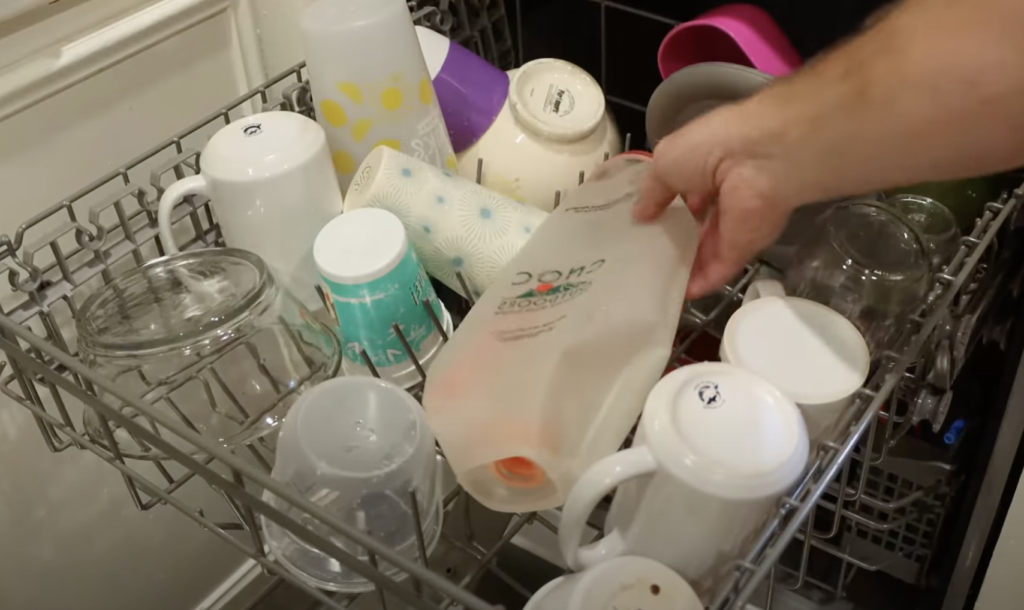
if you have the more traditional Camelbak bladders, you are going to have to get more creative. One of the things I used to do was to stick a rubber band around the bladder to allow air to get inside and then hung it upside down to dry.
4. Store Gear Inside
I always keep my gear inside where heating and air conditioning keep temperatures from getting too extreme. But I know a lot of camping gear can get pushed out to the garage or attic for long-term storage. If you live in a cooler climate, you may not have a problem with that. But in warmer climates, the garage and especially the attic can get really warm. It can start to soften that adhesive that holds down seam-sealing tape causing it to peel and leaving your waterproof gear less than waterproof.
However, if you live in colder climates where the garage or attic might see freezing temps, then you run the risk of freezing your water filter and damaging the microfibers. Like I said earlier, you always want to dry your filter out, but sometimes it’s hard to tell if it got fully dry. So to be safe, keep your filter inside where it won’t face freezing temperatures.
The same goes for when you are out on the trail. If it might get down to freezing overnight, bring your water filter into your sleeping bag with you to make sure the microfibers don’t freeze and compromise your filter.
5. Don’t Stuff Your Sleeping Bag
Going back to sleeping bags for a minute, to keep your sleeping bag performing at its best, you want to store them loosely stuffed in an oversized sack.
But if you do leave it stuffed too long, there are some things you can do to try to revive it. I’ve got a whole video about it that you can watch right here.
Or, for more bad habits that are destroying your gear, watch this video here.
Please be sure to follow me on Instagram and subscribe to my YouTube channel, and as always, thanks for stopping by.



